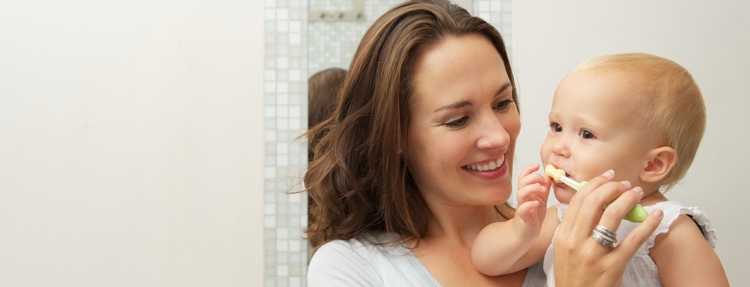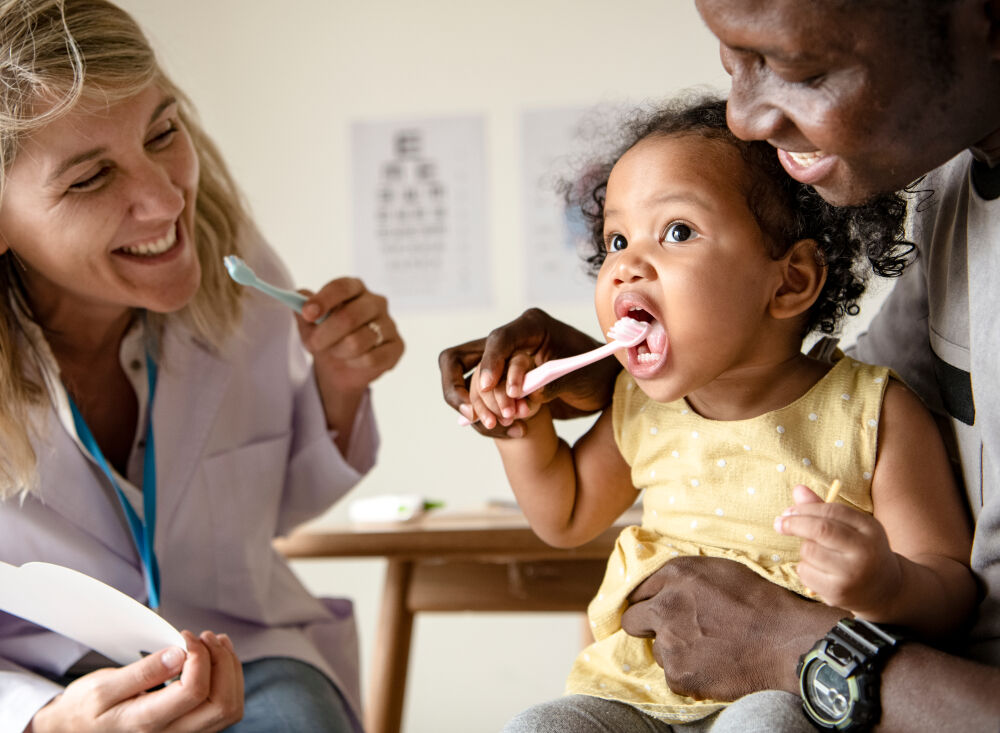Main reasons for stains on baby teeth
Seeing stains on your baby's teeth might worry you, or make you feel like you're not taking good enough care of your child. If you've suffered from tooth decay or had to wear braces growing up, you might be extra sensitive with wanting to make sure that your baby won't have to spend lots of time at the dentist.
Here are some of the main reasons your baby might have teeth stains:
- Poor oral hygiene (like improper brushing) can cause a buildup of plaque on your baby’s teeth, which can result in stains on their teeth
- Giving your baby vitamins or mineral supplements that are high in iron can cause tooth discoloration
- Taking the antibiotic tetracycline while pregnant or breastfeeding has been linked to babies having stained teeth
- Weak enamel (the protective layer covering their teeth) due to a genetic disorder or other factors
- Injury to one or more of the teeth or gums
The reason for your baby's stained teeth often determines the color of tooth discoloration you can expect to see. Find out which teeth stains are cause for concern, and which ones could just be part of their normal development.





